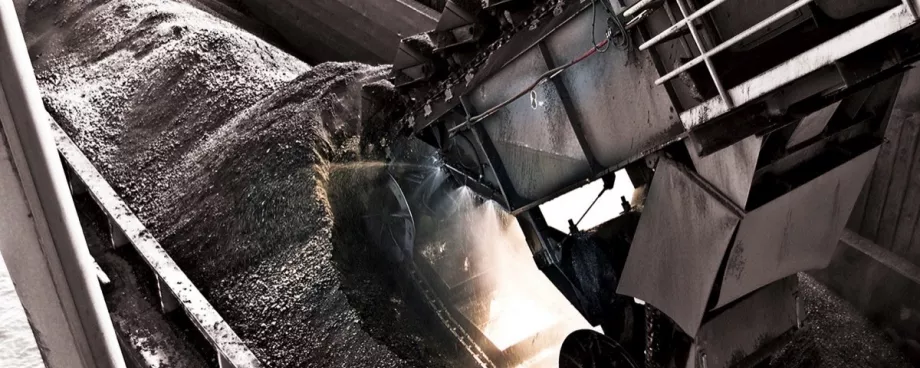(From the archive of ”bulk solids handling", article published in Vol. 36 (2016) No. 5 , ©2016 bulk-online.com)
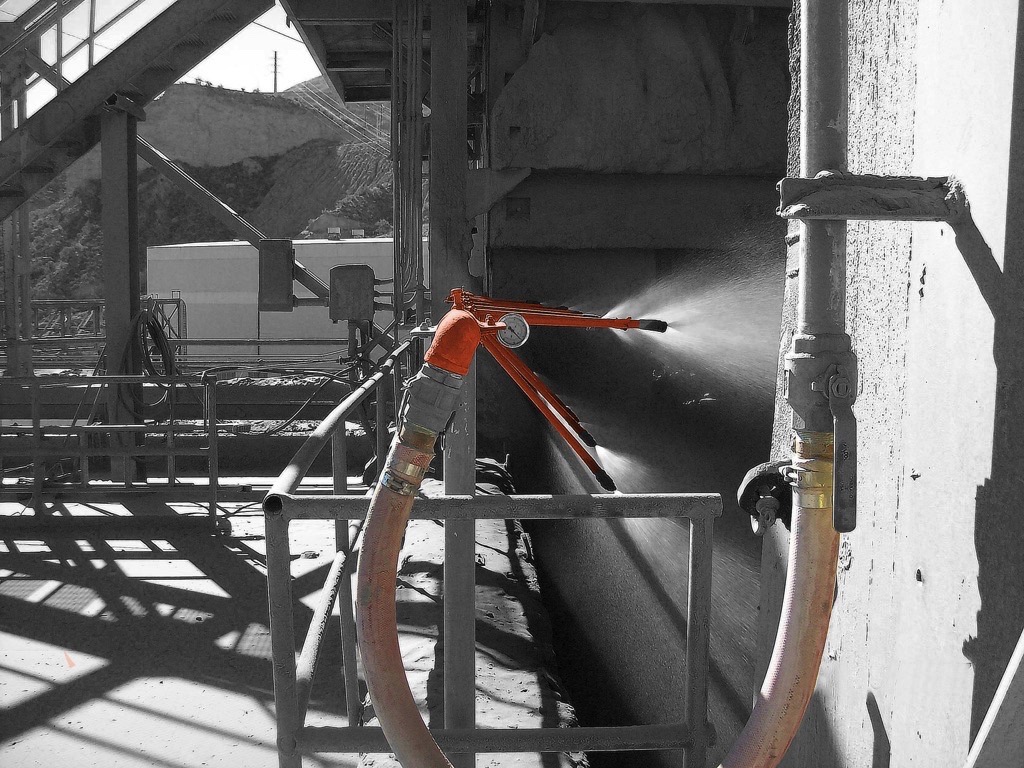
A customizable dust control system that delivers application-specific components, controls and additives to significantly improve suppression has been introduced by Martin Engineering. Its surfactant dust system is a turnkey solution comprised of modular elements configured to best suit the individual operating conditions and materials of each customer operation, with a broad array of options including customized spray, material sensors, programmable controls, surfactants and even remote monitoring. The new system is offered alongside the firm’s large family of other dust management products, giving customers a wider range of dust control and containment choices for improved effectiveness and efficiency.
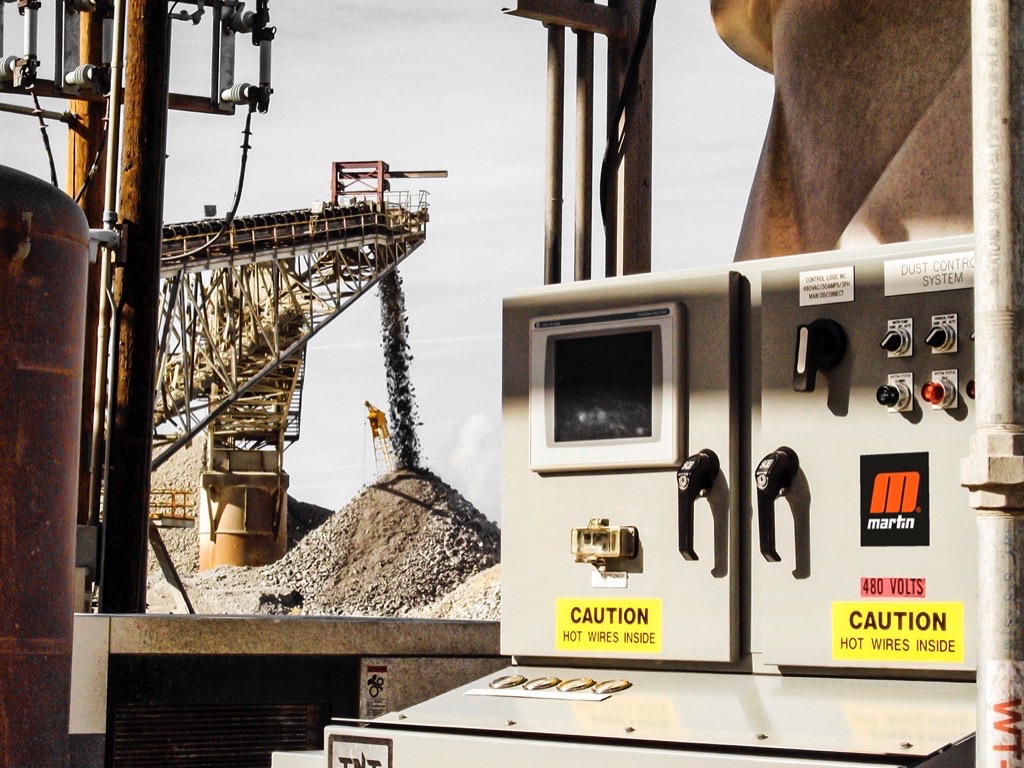
“Every application is a one-off, so it stands to reason that the solutions should also be unique,” comments Mark Strebel, Martin Engineering’s dust solutions manager. “Our goal is to actually prevent dust at the source if possible, using the optimum treatment method in each case. This approach allows us to offer a virtually unlimited combination of design options and accessories for maximum control.”“Some applications can tolerate as much as 5 % allowable moisture addition,” Strebel adds. “Here, spray bars can deliver plain water directly to the material for basic, economical dust control. In hazardous or explosive environments, a controlled fluid spray allows us to meter in additives and obtain the benefit of a residual effect,” he says. “Where the moisture limit is 0.5 % or less, we can employ a specialized surfactant to minimize moisture addition and achieve effective dust management across a wide variety of materials and handling techniques.”
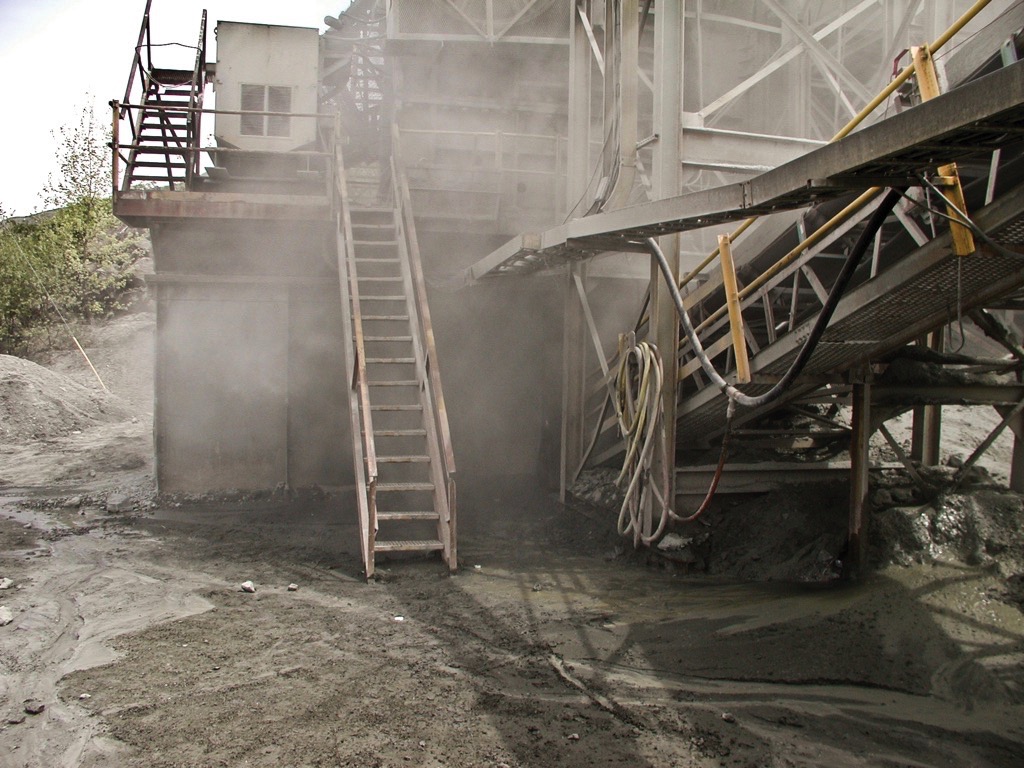
Having this system as part of the company’s product family puts Martin Engineering in a position to deliver an optimised solution for a given application by combining several technologies to work in concert with one another, addressing dust issues through prevention, containment, control or suppression. Activation sensors can be used to manage the dust suppression system, dispensing the control agent only when material is present to reduce waste and cleanup. Automatic flow adjustment allows to consistently deliver the appropriate amount of water and additives to reduce overspray and help control costs.
Air Filtration
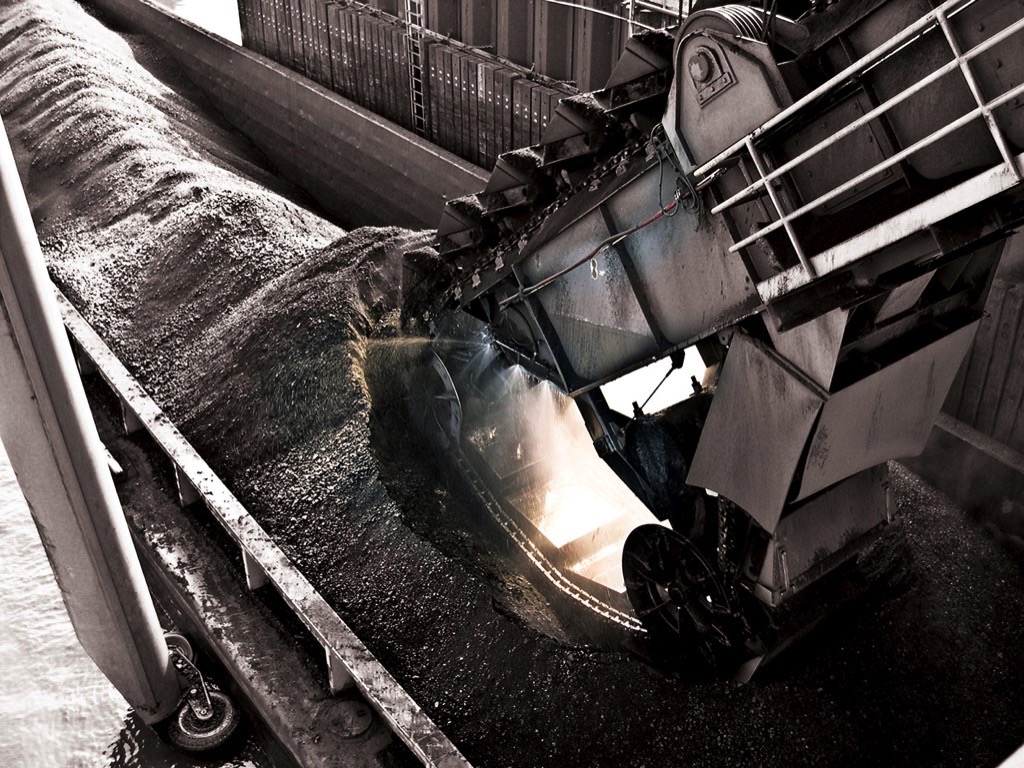
Îf the bulk material cannot tolerate any added moisture, filtration may be the critical piece in the dust-management system. Mechanical air filtration systems are installed to pull dust-laden air away from its source, separate the dust from the air, and exhaust the cleaned air. Insertable air cleaners filter dust-bearing air at the source, without the ductwork or large fans of central collection systems.Available in both passive and active designs, a passive system simply allows air to move through the filter medium, whereas active systems work like a vacuum cleaner to pull or push air through a filtration method to remove the particles.
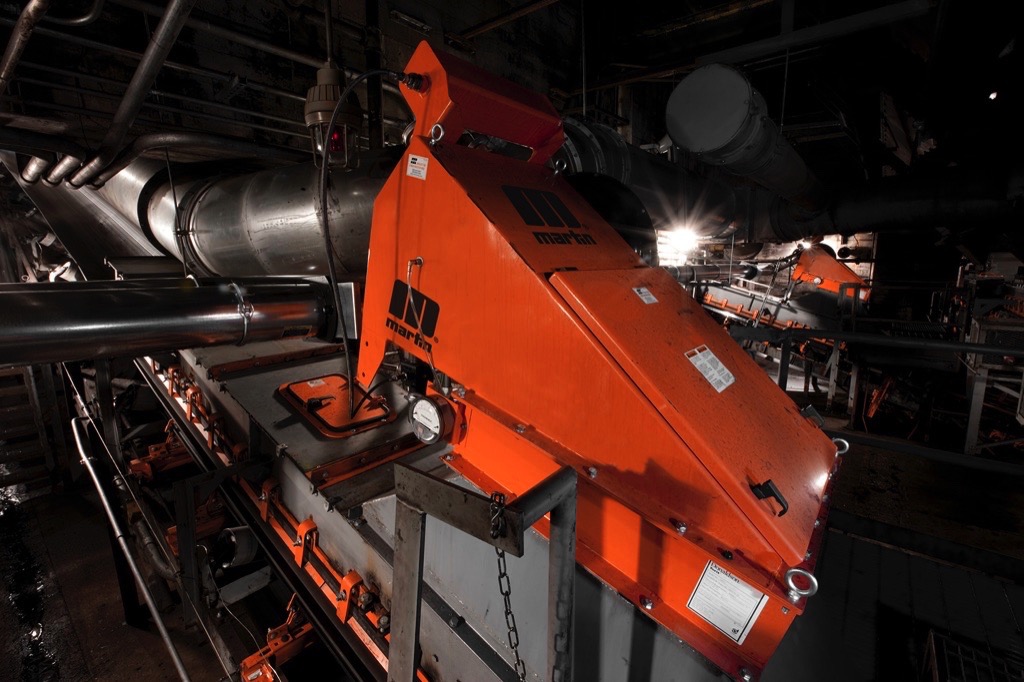
The new Martin Engineering system can be configured to include passive elements such as the company’s Dust Bags to take advantage of positive air pressure for particle control without using any power. The bags self-clean by collapsing and depositing their contents back into the material stream whenever the air flow stops. Some containment is typically required, such as Dust Curtains or an enclosure.The company also offers their insertable air cleaners, which are installed directly at transfer points and other dust-generating points to collect airborne particles without using large fans and ductwork. Designed to remove dust from the air in applications such as conveyor loading and transfer points, silo vents and bucket elevators, the self-cleaning filters feature an automatic pulse cleaning system, which uses a short burst of air sent back through the filter media to dislodge accumulated material and return it to the bulk flow.
| About the Authors | |
| Rick FeldeTechnical Writer,Martin Engineering, USA |
■










